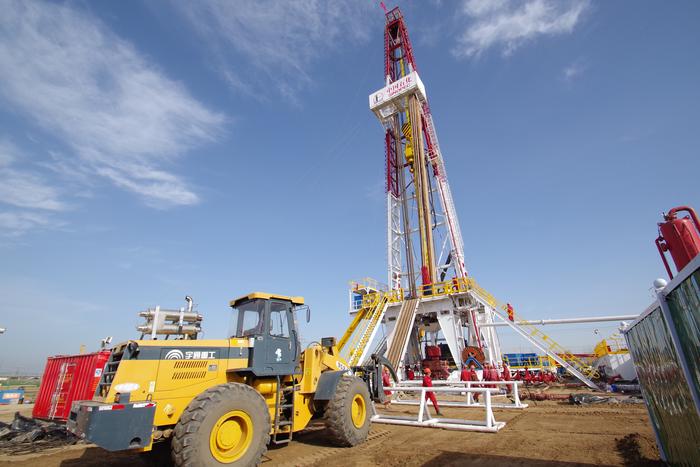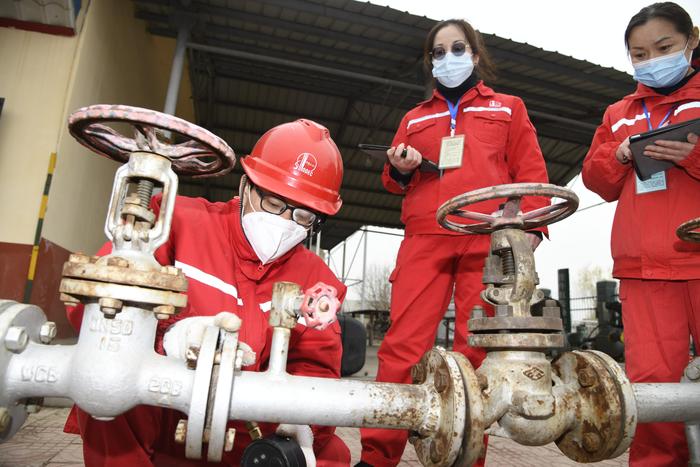|
| 2021-03-23 来源: 中国石化新闻网 |
| 石化新闻 |
中国石化新闻网讯 据油价网3月21日消息称,石器时代并没有因为缺少石头而结束,石油时代将在“世界石油耗尽”之前结束。这句话通常被认为是沙特石油部长sheikh Yamani说的,它强调了石油行业一个至关重要却经常被误解的事实。石油供应不会枯竭,但石油最终会被更便宜、更清洁、更高效的能源所取代。这种误解导致许多分析师预测石油行业将会灭亡。巴《巴黎协定》设定了控制气候变化和降低地球温度的全球目标。这一目标不可能实现,除非世界从化石燃料转向清洁和可再生能源。这些雄心勃勃的目标肯定会加速全球能源从化石燃料转型,但这一转型需要多长时间尚不清楚。 中国已承诺到2060年实现碳中和,并于近期启动了全球最大的碳交易市场。与此同时,日本和欧盟都承诺到2050年消除碳排放,欧盟的目标是到2050年实现碳中和。拜登政府承诺拨出2万亿美元用于脱碳,并计划重新加入《巴黎协定》。所有这些承诺在理论上的确令人印象深刻,但在现实中,它们将遇到两个主要问题。第一个是以一种难以置信的不现实的速度实现可再生能源的使用,第二个是确保我们要过渡到的系统能够完成其需要做的事情。值得注意的是,如果我们要将碳排放减少到《巴黎气候协议》规定的水平,我们目前并不具备许多所需的技术。 在大多数能源过渡计划中,碳捕集与封存(CCS)系统是有助于减少二氧化碳排放的关键技术之一,它可以从环境中捕获碳,并将其存储在海底设施中。然而,截至2020年,全球只有26个设施在运作,可捕集4000万吨二氧化碳。与此同时,2019年世界排放了超过350亿吨的碳。要想缩小这一差距,需要在技术上取得重大突破,这可能就是为什么埃隆·马斯克(Elon Musk)愿意为他的新竞争对手提供1亿美元的最佳碳捕捉技术。 转型的另一个挑战是石油和天然气行业的庞大规模和影响力。石油和天然气行业拥有庞大的基础设施,以及由管道、油井和其他设施组成的复杂网络。根据捷克-加拿大科学家和政策分析师Vaclav Smil的说法,如果美国希望用可再生能源满足美国的能源消费,就必须把25%至50%的国土用于太阳能、风能和生物燃料。如此巨大的变化将遇到石油和天然气行业的巨大阻力,并且将花费大量时间和投资。 能源转型的下一个大问题是可再生能源的固有局限性。麻省理工学院的一项研究预测,太阳能将需要3.3万平方公里的土地来满足美国的电力需求。同样,如果英国要利用风能满足其所有能源需求,就需要用英国一半的陆地来建造风力涡轮机。 曹海斌 摘译自 油价网 原文如下: Fossil Fuels Will Continue To Dominate For Decades To Come The stone age didn’t end due to a lack of stones, and the oil age will end long before the “world runs out of oil”. This quote, often attributed to Saudi Oil Minister Shiekh Yamani, highlights a vital and frequently misunderstood fact about the oil industry. Oil supplies are not going to run out, but oil will eventually be replaced by cheaper, cleaner, and more efficient energy sources. This misunderstanding has led many analysts to predict the death of the oil industry. The Paris Agreement has set a global goal to control climate change and reduce the temperature of the earth. That goal will not be achievable until the world shifts from fossil fuels to clean and renewable energy. These ambitious targets are sure to accelerate the global energy transition away from fossil fuels, but it remains unclear just how long that transition will take. China has vowed to be carbon neutral by 2060 and recently launched the world’s largest carbon trading market. Meanwhile, both Japan and the European Union have promised to eliminate carbon emissions by 2050 and the European Union aims to be carbon neutral by 2050. The Biden administration has promised to set aside $2 trillion for decarbonization and plans to rejoin the Paris Agreement. All of these commitments are certainly impressive in theory, but in reality, they are going to run into two major problems. The first is achieving the adoption of renewable energy at an incredibly unrealistic speed, the second is ensuring that the system that we are transitioning to does what it needs to do. It is important to note that we do not currently have many of the technologies that we will need if we are to reduce carbon emissions by the levels set out in the Paris Climate Agreement. In most energy transition plans, Carbon, Capture, and Storage (CCS) systems are one of the key technologies that will help curb CO2 emissions by capturing carbon from the environment and storing it in subsea facilities. However, as of 2020, only 26 facilities were working globally, capturing 40 million tons of carbon dioxide. Meanwhile, in 2019 the world emitted more than 35 billion tons of carbon. Closing that gap requires serious technological breakthroughs, which may be why Elon Musk is offering $100 million to the best carbon capture technology in his new competition. Another challenge to this transition is the sheer size and influence of the oil and gas industry. The oil and gas industry has a gargantuan infrastructure, and an elaborate network of pipelines, wells, and other facilities. According to Czech-Canadian scientist and policy analyst Vaclav Smil, the U.S. would have to dedicate 25–50 percent of its landmass to solar, wind, and biofuels if it hopes to satiate U.S. energy consumption with renewables. Such a drastic change will come up against plenty of resistance from the oil and gas industry and will take significant time and investment. The next big problem with the energy transition is the inherent limitations of renewable energy sources. An MIT study predicts that 33,000 square kilometers of land would be required in order to power U.S. electricity demand with solar energy. Similarly, it would require using half of the UK landmass for wind turbines if the country were to use wind for all its energy needs. |








